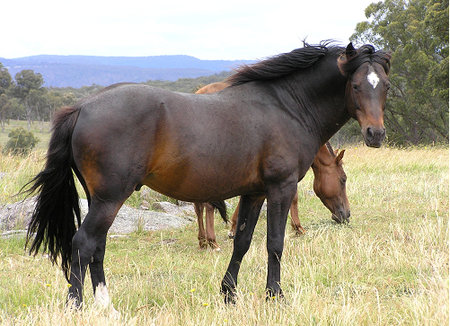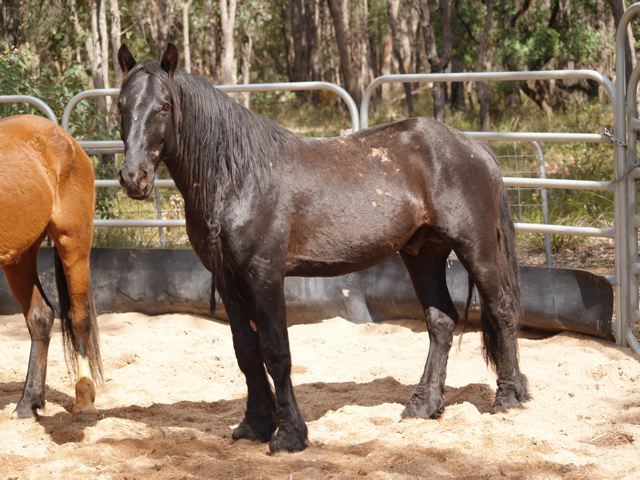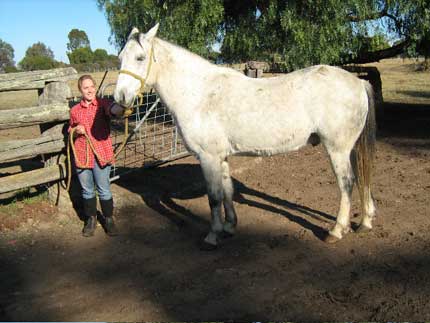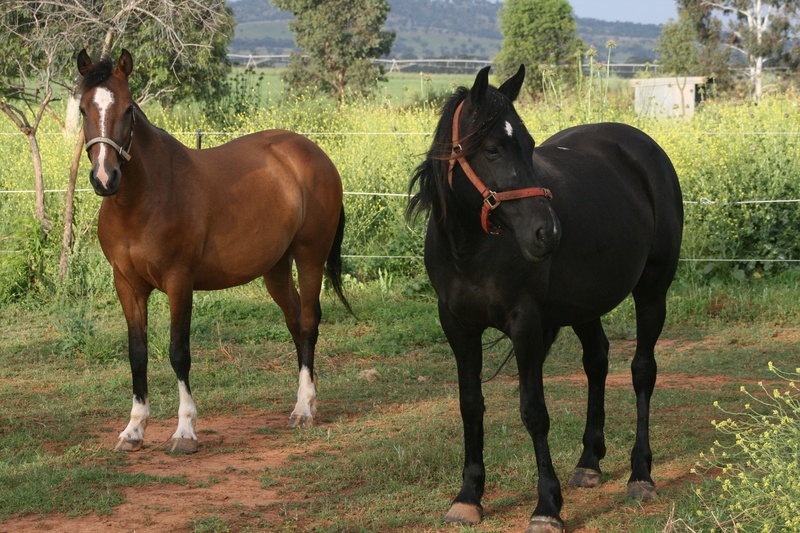



|
Waler Qualities
The Waler horse is one style that can be trained with ease and has a long and bumpy history. They come from Australia and are popular for their looks, their strength, and their ability to be robust. This style can be found in Wales, Canberra, Sydney, and Victoria.
Waler Temperament
The Waler horse has a temperament of kindness and an overall easy going attitude. They can go day to day with very little attention from their owners and require very little from them in the means of care. Generally speaking, this breed is extremely loyal. All animals are somewhat loyal to their owners, from cats to dogs, but this horse breed in particular has been noted as exceptionally loyal.
Waler Appearance
The Waler horse stands at around sixteen hands in full grown size. They have a broad forehead with a straight head. Well sloped shoulders and strong quarters, they additionally bode a deep chest and powerful legs to boot. Tough and what are considered to be split feet, they also have lots of muscles in their frame, making them an excellent choice for a work horse breed.
Waler Upkeep
Taking care of a Waler horse is simplistic. They are considered a very sweet, tender, and caring style of horse. When the horse is a breed such as this, it makes it significantly easier to train the animal and to upkeep them as well. They have no reported major illnesses and can also reside in a cold or warm climate environments.
Waler History
The Waler horse breed was given their name by the area in which they came from, New South Wales in Australia. They are a result of being taken over by the hands of eager settlers aiming to get a new life for themselves and become more prosperous. Thoroughbreds, Clydesdales, Shires, Arabs, and English Native Breeds were all introduced into this breed over time. The Indonesian style horse, the Timor Pony became the most positive source for the Waler horse to evolve. It was this cross breeding that helped aid in keeping the horse breed strong and making it more agile. They began to become the ideal breed of horses for utilization in the military for their excellent stride, their fast pace, and their immense amount of energy. Even though they were thought of as great animals, they virtually almost became extinct as time went on due to the mechanization that occurred. During the 1980’s, the Waler got the recognition they deserved by gaining a studbook.
|